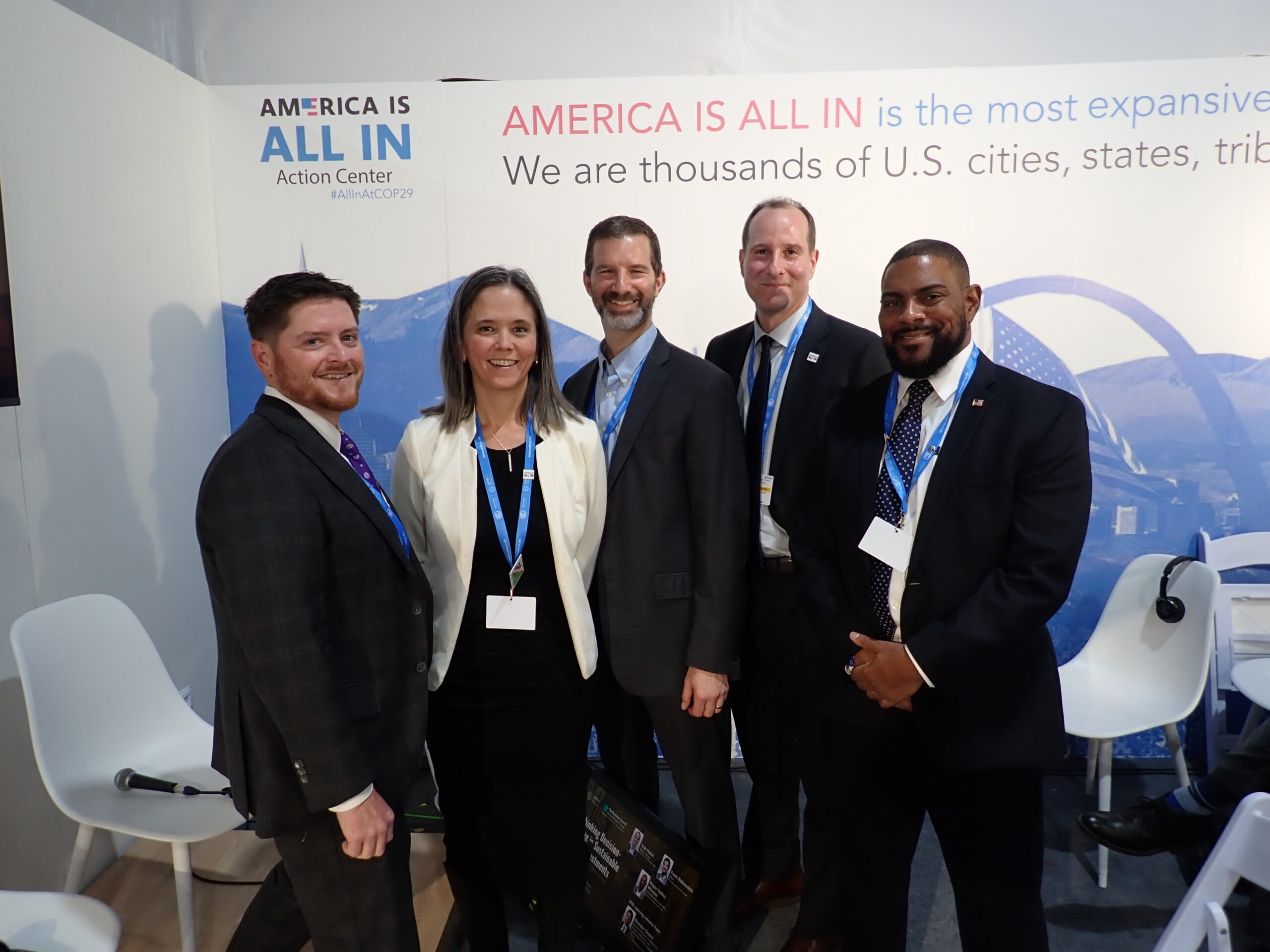To accelerate the progress of GHG emissions reductions in this critical decade, the decision-making framework behind investments in energy efficiency or sustainable energy in the built environment, by public and private sector actors and civil society alike, needs to be updated to include both today’s costs and tomorrow’s cost of inaction or delay.
In both a carbon- and often budget-constrained world, the calculus made by organizations faced with a decision to replace or upgrade key energy assets – whether it is in a school, hospital, office building, or community more broadly – also needs to price in a range of economic, environmental, health, and operational benefits, too.
By taking a more holistic view of these projects, the decision to deploy more efficient lighting or sustainable cooling and heating systems can move more quickly from a deferred or delayed investment stage to an approved and installed project. This panel of practitioners defined the true benefit-cost of sustainable energy upgrades and share project experiences that have delivered a broad suite of climate benefits.
Speakers included:
- Opening remarks from Brendan Owens, Assistant Secretary of Defense for Energy, Installations, and Environment & Chief Sustainability Officer, U.S. Department of Defense
- Bob Hinkle, President and CEO, Metrus Energy
- Kevin Rabinovitch, Vice President, Sustainability, Mars
- Mayor Hollies Winston, City of Brooklyn Park, MN
Key takeaways:
– Brendan Owens (DOD): Readiness and resilience-enhancing strategies are the drivers of climate action at DOD. DOD stewards 100,000 buildings across the United States, and inaction on sustainable energy investments can be a national security issue.
– Bob Hinkle (Metrus Energy): The benefits of sustainable energy projects are often undervalued because the true breadth of economic, health, and productivity benefits aren’t in the criteria for making investment decisions. 50% of progress on the Paris agreement can come from energy efficiency. There’s not major technology advancements needed there – they’re projects we can move on now.
– Kevin Rabinovitch (Mars): These impactful technology solutions have exciting co-benefits – specifically, citing the value of making an up-front investment in technologies that are more efficient. After all, “they’re our decision criteria – we can change them.”
– Hollies Winston (Brooklyn Park, MN): Regardless of the U.S. federal government’s position, energy transition work is moving forward at the subnational level – there is an economy that has been created from this. Winston highlighted work being done to improve the resilience of the Mississippi River corridor, touching 31 states.
DETAILS

